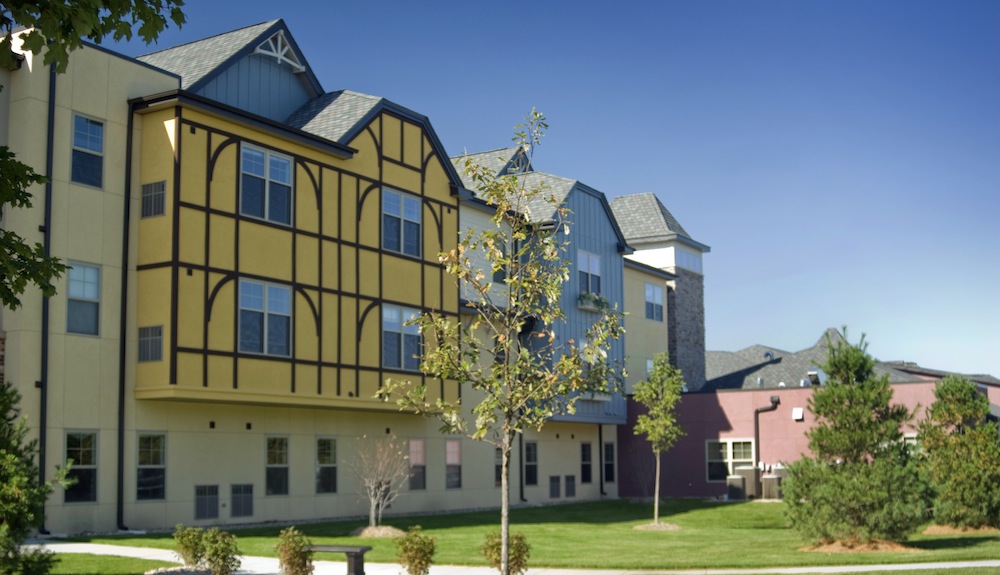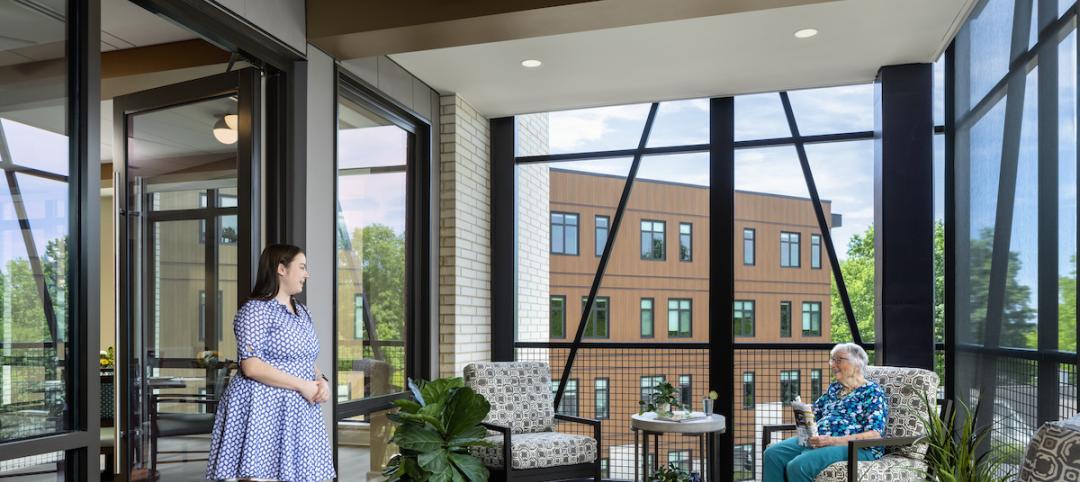According to a CBRE expert, the senior housing industry is transitioning from a real estate industry with a business component to a business-focused industry with a real estate component.
Zach Bowyer, MAI, the National Practice Leader for CBRE’s seniors housing & healthcare specialty practice, said in a statement that “seniors housing is different from most other real estate types because the value is largely contingent on operations. Still, lenders and investors are typically most interested in the real estate when deciding whether or not to provide capital.”
The seniors housing sector finished 2015 with 514 institutional transactions closed and $18.7 billion in institutional sales. Last year was a banner year for the sector, which also experienced record high per-unit pricing and record low capitalization rates.
With seniors housing cap rates averaging at a spread of 518 basis points (bps) to the 10-year Treasury, and with returns reported at 16.3%, 14.8%, and 13.3% over a one-, five- and 10-year period, investors are looking to get into the game. CBRE said that 58% of respondents to the CBRE Seniors Housing Investor Survey & Market Outlook indicated that they were looking to increase their exposure in the market.
“The seniors housing landscape is evolving with the increased presence of sophisticated capital, market transparency, operational efficiencies and technological advances. This can be compared to the institutionalization that the multifamily sector experienced from the mid-1990s to early 2000s,” Bowyer said. “As the seniors housing industry evolves, it is imperative that our valuation methodologies, access to accurate information and understanding of our clients’ needs continue to evolve in step.”
Related Stories
MFPRO+ Blog | Sep 21, 2023
The benefits of strategic multifamily housing repositioning
With the rapid increase in new multifamily housing developments, owners of existing assets face increasing competition. As their assets age and the number of new developments increases seemingly day-by-day, developers will inevitably have to find a way to stay relevant.
Adaptive Reuse | Aug 31, 2023
New York City creates team to accelerate office-to-residential conversions
New York City has a new Office Conversion Accelerator Team that provides a single point of contact within city government to help speed adaptive reuse projects. Projects that create 50 or more housing units from office buildings are eligible for this new program.
Multifamily Housing | Aug 24, 2023
A multifamily design for multigenerational living
KTGY’s Family Flat concept showcases the benefits of multigenerational living through a multifamily design lens.
Senior Living Design | Aug 7, 2023
Putting 9 senior living market trends into perspective
Brad Perkins, FAIA, a veteran of more than four decades in the planning and design of senior living communities, looks at where the market is heading in the immediate future.
Senior Living Design | Aug 7, 2023
7 lessons learned from 40+ years planning and designing senior living environments
Brad Perkins, FAIA, a pioneer of senior living design in the U.S. and globally offers his advice for creating the optimal living experience for the world’s aged population group.
Multifamily Housing | Jul 31, 2023
6 multifamily housing projects win 2023 LEED Homes Awards
The 2023 LEED Homes Awards winners in the multifamily space represent green, LEED-certified buildings designed to provide clean indoor air and reduced energy consumption.
Adaptive Reuse | Jul 27, 2023
Number of U.S. adaptive reuse projects jumps to 122,000 from 77,000
The number of adaptive reuse projects in the pipeline grew to a record 122,000 in 2023 from 77,000 registered last year, according to RentCafe’s annual Adaptive Reuse Report. Of the 122,000 apartments currently undergoing conversion, 45,000 are the result of office repurposing, representing 37% of the total, followed by hotels (23% of future projects).
Multifamily Housing | Jul 13, 2023
Walkable neighborhoods encourage stronger sense of community
Adults who live in walkable neighborhoods are more likely to interact with their neighbors and have a stronger sense of community than people who live in car-dependent communities, according to a report by the Herbert Wertheim School of Public Health and Human Longevity Science at University of California San Diego.
Multifamily Housing | Jun 29, 2023
5 ways to rethink the future of multifamily development and design
The Gensler Research Institute’s investigation into the residential experience indicates a need for fresh perspectives on residential design and development, challenging norms, and raising the bar.
Urban Planning | Jun 15, 2023
Arizona limits housing projects in Phoenix area over groundwater supply concerns
Arizona will no longer grant certifications for new residential developments in Phoenix, it’s largest city, due to concerns over groundwater supply. The announcement indicates that the Phoenix area, currently the nation’s fastest-growing region in terms of population growth, will not be able to sustain its rapid growth because of limited freshwater resources.

















